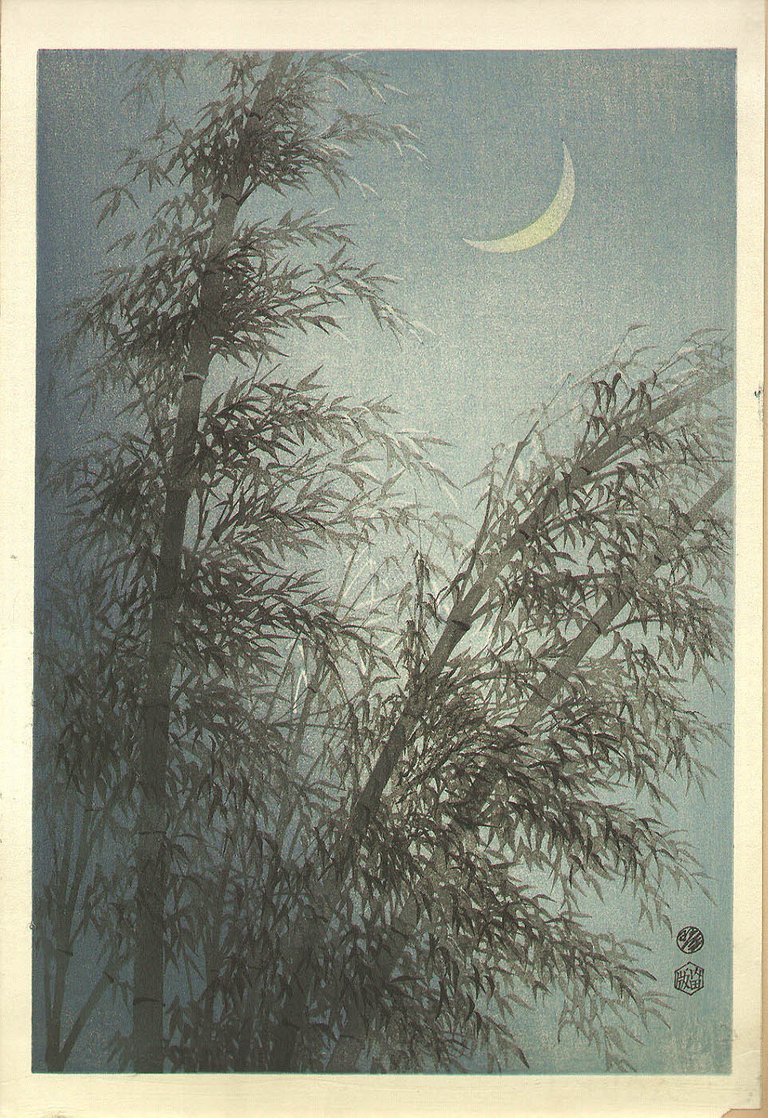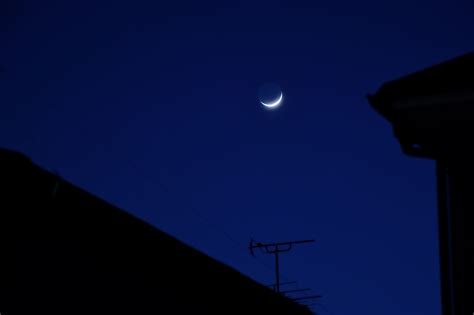三日月にひしひしと物の静まりぬ 千代尼
mikazuki ni hishihishi to mono no shizumarinu
at the crescent moon
the feeling
of silence
—Chiyo-ni
(trans. David LaSpina[1])

Basho taught that in order to write haiku, one had to clear their mind and become one with whatever they are writing about.
He put it this way:
Learn about the pine from the pine and the bamboo from the bamboo. The object and yourself must become one, and from that feeling of oneness issues your poetry.
Chiyo-ni really embraced this ideal. The vast majority of her haiku were about nature. She completely immersed herself in nature, and told us what she saw.
In this haiku hishihishi is an onomatopoeia that means something like "an awareness". In meditating—stopping the constant chatter of the mind—one grows aware the world in a way that we rarely experience when we are always listening to our thoughts.
The kigo here is mikazuki, by the way. Literally it is third day moon, but we can interpret that as crescent moon, as that is what is three nights from the new moon. Another kigo for the same thing is tsuki no mayu (月の眉), eyebrow moon, as this is also what it kind of looks like. Hmm... maybe an upside down eyebrow, but still...

In haiku, nearly all mentions of the moon are autumn kigo. This is the time when moon viewing parties became the main social events. Next to cherry blossoms, the moon is the most common subject of haiku.
❦
 |
David LaSpina is an American photographer and translator lost in Japan, trying to capture the beauty of this country one photo at a time and searching for the perfect haiku. He blogs here and at laspina.org. Write him on Twitter or Mastodon. |
That is, me! If you like this translation, feel free to use it. Just credit me. Also link here if you can. ↩